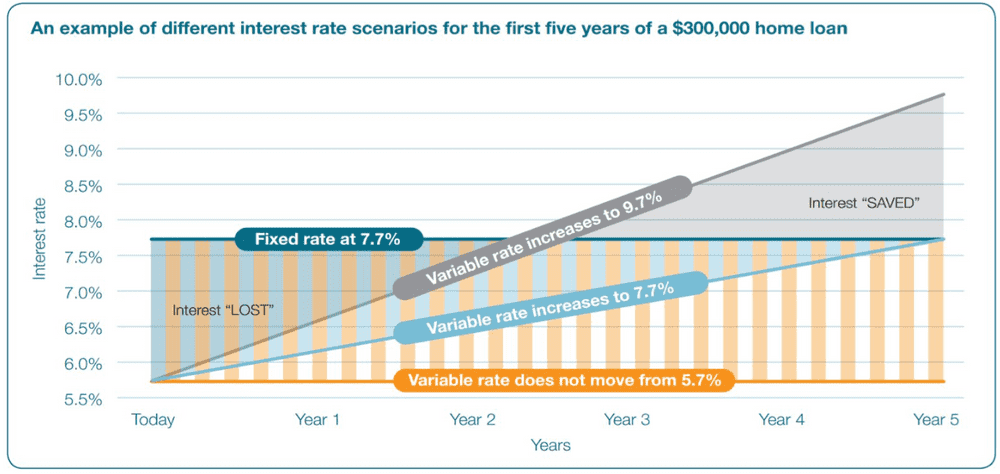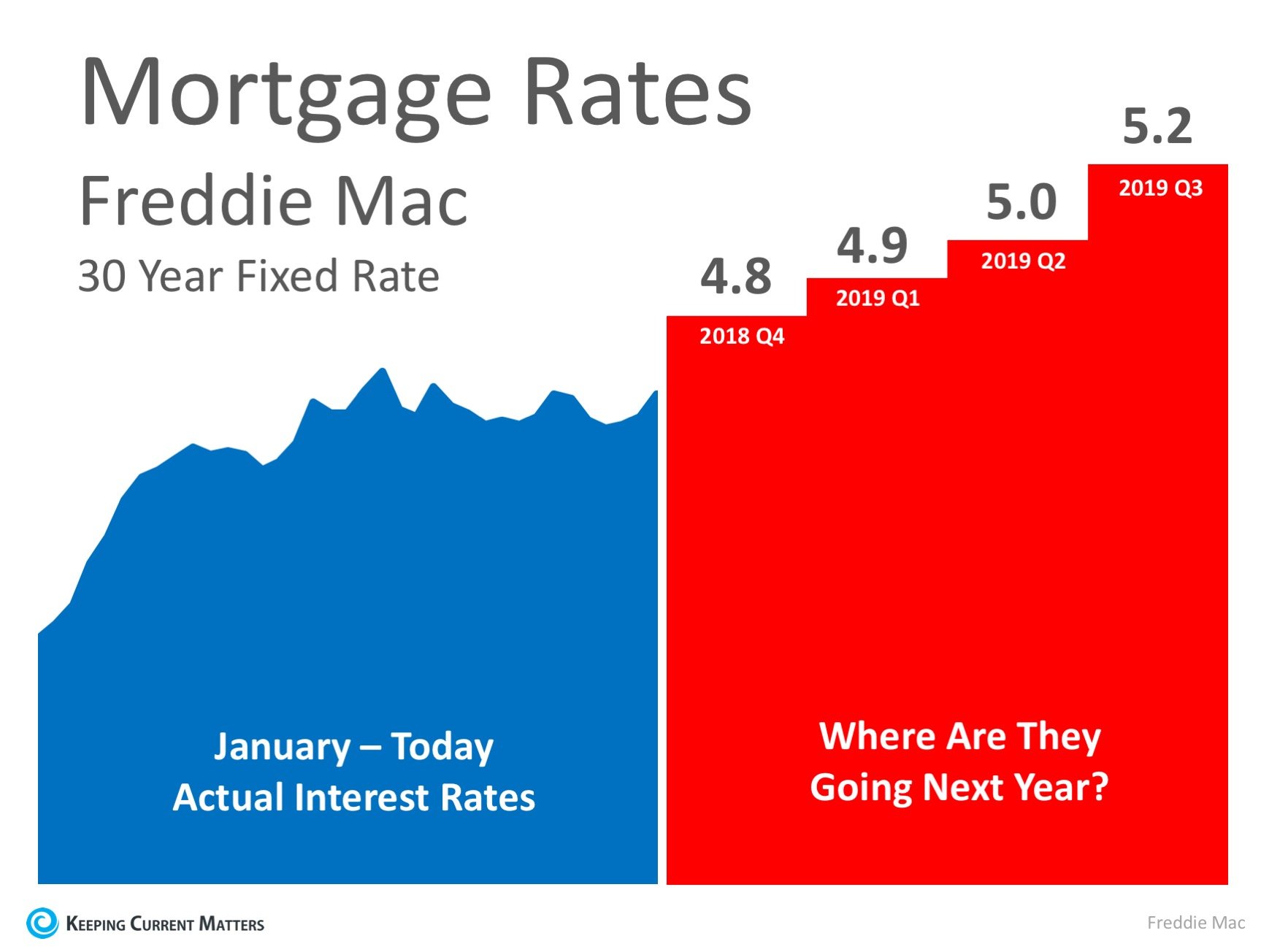For a reverse home mortgage to be a feasible financial alternative, existing home loan balances generally should be low enough to be settled with the reverse home loan earnings. Nevertheless, borrowers do have the alternative of paying down their existing mortgage balance to get approved for a HECM reverse home loan. The HECM reverse home loan follows the standard FHA eligibility requirements for home type, indicating most 14 household dwellings, FHA authorized condos, and PUDs certify.
Before starting the loan process for an FHA/HUD-approved reverse home loan, candidates must take an authorized counseling course. An authorized counselor should assist describe how reverse home mortgages work, the monetary and tax ramifications of taking out a reverse home mortgage, payment choices, and expenses connected with a reverse home loan. The counseling is meant to safeguard debtors, although the quality of counseling has actually been criticized by groups such as the Customer Financial Defense Bureau. what is a basis point in mortgages.

On March 2, 2015, FHA implemented brand-new guidelines that require reverse mortgage applicants to undergo a monetary evaluation. Though HECM debtors are not required to make regular monthly home loan payments, FHA wishes to make certain they have the financial capability and willingness to keep up with real estate tax and homeowner's insurance (and any other suitable property charges).
Prior to 2015, a Lending institution could not decline a demand for a HECM as the requirement is age 62+, own a house, and satisfy initial debt-to-equity requirements. With FA, the lending institution might now require Equity "set aside" guidelines and sums that make the loan difficult; the like a declination letter for bad credit.
How Did Subprime Mortgages Contributed To The Financial Crisis for Beginners
Satisfying credit - All housing and installation debt payments need to have been made on time in the last 12 months; there disappear than two 30-day late home mortgage or installation payments in the previous 24 months, and there is no major negative credit on revolving accounts in the last 12 months.
If no extenuating scenarios can be recorded, the debtor might not certify at all or the lending institution might need a large amount of the principal limitation (if readily available) to be taken into a Life Span Reserve (LESA) for the payment of residential or commercial property charges (home taxes, homeowners insurance, and so on).
The fixed-rate program features the security of a rates of interest that does not alter for the life of the reverse mortgage, but the interest rate is typically higher at the start of the loan than an equivalent adjustable-rate HECM. Adjustable-rate reverse home mortgages normally have rates of interest that can change on a month-to-month or annual basis within particular limitations.
The initial interest rate, or IIR, is the real note rate at which interest accumulates on the exceptional loan balance on an annual basis. For fixed-rate reverse mortgages, the IIR can never change. For adjustable-rate reverse mortgages, the IIR can change with program limits as much as a lifetime rates of interest cap.
The Definitive Guide to What Is A Min Number For Mortgages
The EIR is frequently various from the real note rate, or IIR. The EIR does not determine the amount of interest that accumulates on the loan balance (the IIR does that). The overall pool of money that a customer can get from a HECM reverse home loan is called the primary limitation (PL), which is calculated based on the optimum claim quantity (MCA), the age of the youngest customer, the anticipated interest rate (EIR), and a table to PL elements published by HUD.
Many PLs are usually in the variety of 50% to 60% of the MCA, however they can in some cases be higher or lower. The table below provides examples of primary limits for various ages and EIRs and a home value of $250,000. Customer's age at origination Anticipated rates of interest (EIR) Principal limitation factor (as of Aug.
Simply put, older customers tend to receive more cash than younger debtors, however the overall quantity of cash readily available under the HECM program tends to decrease for any ages as interest rates increase. Closing expenses, existing home loan balances, other liens, and any real estate tax or homeowners insurance due are generally paid of the initial primary limit.

The cash from a reverse home loan can be dispersed in 4 methods, based on the customer's monetary requirements and objectives: Lump amount in money at settlement Regular monthly payment (loan advance) for a set variety of years (term) or life (tenure) Line of credit (similar to a home equity line of credit) Some mix of the above Note that the adjustable-rate HECM provides all of the above payment choices, however the fixed-rate HECM just offers lump sum.
Facts About What Percentage Of Mortgages Are Fha Revealed
This suggests that customers who opt for a HECM line of credit can possibly access to more cash in time than what they initially received at origination. The line of credit growth rate is figured out by including 1.25% to the preliminary rate of interest (IIR), which indicates the line of credit will grow much faster if the rate of interest on the loan increases.
Since lots of borrowers were taking full draw lump sums (typically at the encouragement of lenders) at closing and burning through the cash quickly, HUD looked for to secure customers and the viability of the HECM program by restricting the amount of profits that can be accessed within the first 12 months of the loan.
Any staying readily available proceeds can be accessed after 12 months. If the overall compulsory obligations exceed 60% of the primary limit, then the borrower can draw an extra 10% of the primary limitation if readily available. The Real Estate and Economic Recovery Act of 2008 supplied HECM mortgagors with the chance to acquire a brand-new principal residence with HECM loan continues the so-called HECM for Purchase program, reliable January 2009.
The program was created to enable the senior to purchase a new primary residence and obtain a reverse home mortgage within a single transaction by getting rid of the requirement for a second closing. Texas was the last state to permit reverse mortgages for purchase. Reverse mortgages are frequently criticized over the concern of closing costs, which can sometimes be pricey.
The Facts About What Is Required Down Payment On Mortgages Uncovered
Thinking about the constraints enforced upon HECM loans, they are similar to their "Forward" contemporaries in total costs. The following are the most common closing costs paid at near get a reverse home mortgage: Therapy fee: The very first step to get a reverse home loan is to go through a counseling session with a HUD-approved counselor.
Origination charge: This is charged by the lending institution to arrange the reverse mortgage. Origination fees can differ extensively from lender to loan provider and can range from nothing to an optimum of $6,000. Third-party fees: These costs are for third-party services hired to finish the reverse home mortgage, such as appraisal, title insurance coverage, escrow, federal government recording, tax stamps (where appropriate), credit reports, and so on.
The IMIP protects lenders by making them entire if the house costs the time of loan repayment for less than what is owed on the reverse mortgage. https://josueggaj422.tumblr.com/post/630967168938475520/rumored-buzz-on-what-are-basis-points-in-mortgages This secures customers also due to the fact that it indicates they will never ever owe more than their house is worth. Since 1/2019, the IMIP is now 2% of limit claim amount (Either the evaluated value of the home up to a maximum of $726,535) The annual MIP (home loan insurance coverage premium) is.50% of the impressive loan balance.